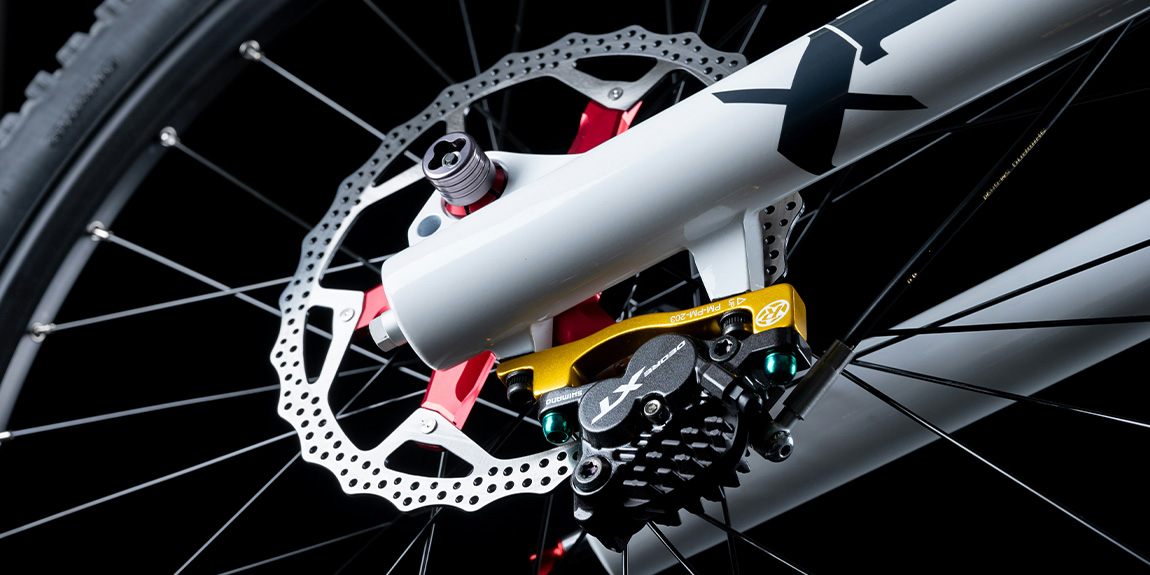
The choice between rim brakes and disc brakes is one of the most significant decisions when purchasing a modern road bike, fundamentally impacting braking performance, wheel compatibility, and maintenance routines. While rim brakes have a long history in cycling, disc brakes have rapidly gained prominence due to their distinct advantages, though each system has its own set of characteristics.
Rim brakes operate by calipers clamping down on the rim of the wheel, creating friction to slow the bike. They are generally lighter and simpler in design, often making them more affordable to manufacture and maintain. Maintenance typically involves replacing brake pads and cables, and adjusting pad alignment. However, their performance can be significantly reduced in wet weather as water on the rim diminishes friction, and long descents can lead to rim overheating. They also cause wear on the wheel rim over time, eventually requiring wheel replacement.
Disc brakes, conversely, use calipers that clamp onto a rotor mounted at the wheel’s hub. They offer superior braking power and modulation (control over braking force) in all weather conditions, particularly in the wet, making them a significant safety advantage. They are also more consistent on long descents, as heat is dissipated away from the tire. Disc brakes come in mechanical (cable-actuated) and hydraulic (fluid-actuated) versions, with hydraulic offering the best performance. The downsides are generally higher weight, more complex maintenance (bleeding hydraulic lines), and a higher initial cost. They also require disc-specific wheels and frames.
- Braking Power: Disc brakes offer superior power and modulation in all conditions, especially wet.
- Wet Weather Performance: Disc brakes are consistently strong; rim brakes are significantly weaker.
- Weight: Rim brakes are generally lighter.
- Maintenance: Rim brakes are simpler (pads/cables); hydraulic discs are more complex (fluid bleeds).
- Wheel Wear: Disc brakes don’t wear rims; rim brakes cause rim wear over time.









